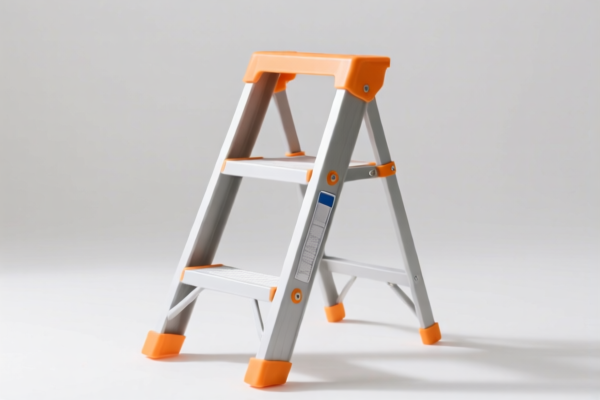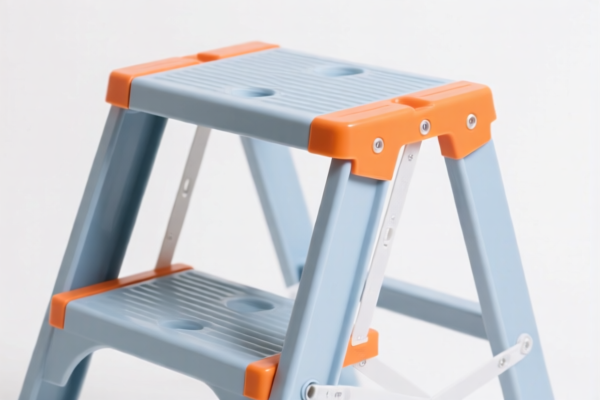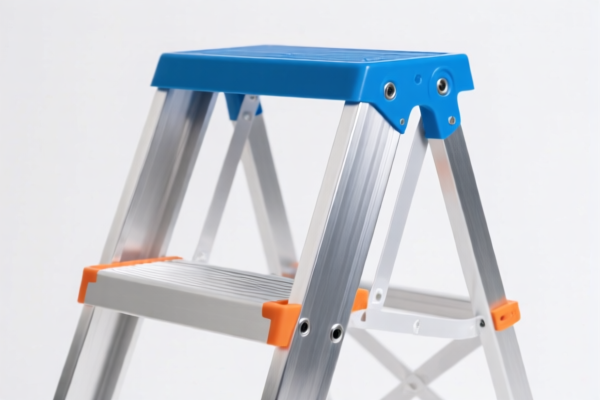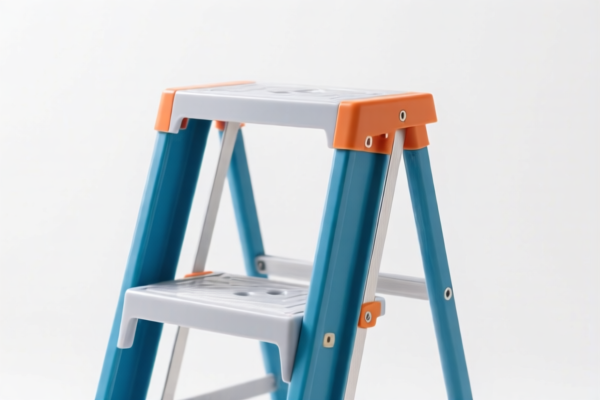| HS Code | Official Doc | Tariff Rate | Origin | Destination | Effective Date |
|---|---|---|---|---|---|
| 9508290000 | Doc | 37.5% | CN | US | 2025-05-12 |




Ramp Board
A ramp board, commonly known as a skate ramp, is a sloped surface used for performing tricks with wheeled devices such as skateboards, BMX bikes, scooters, and inline skates.
Material
Ramps are typically constructed from the following materials:
- Wood: Plywood is the most common material for the riding surface, often layered for increased durability. Framing is typically built from dimensional lumber (e.g., 2x4s, 2x6s).
- Metal: Steel is used in some ramps, particularly for transitions and coping. Metal ramps are generally more durable but can be louder and require more specialized construction techniques.
- Concrete: Permanent ramps are frequently made of concrete, offering high durability and a smooth riding surface.
- Plastic/Composite: Lightweight and portable ramps may use plastic or composite materials.
Purpose
The primary purpose of a ramp board is to provide a surface for riders to gain momentum and height, enabling them to perform aerial tricks, grinds, and other maneuvers.
Function
Ramps function by converting potential energy (height) into kinetic energy (speed). Riders use the incline to accelerate, launching themselves into the air or onto other sections of the ramp. The curved sections (transitions) allow for smooth transitions between flat surfaces and aerial maneuvers.
Usage Scenarios
- Skateparks: Public and private skateparks are common locations for ramp usage.
- Backyards: Many individuals construct ramps in their backyards for personal practice.
- Competitions & Events: Ramps are central features in skateboarding, BMX, and scooter competitions.
- Street Riding: Portable ramps can be used in street riding environments for creating temporary obstacles.
Common Types
- Quarter Pipe: A curved surface resembling a quarter of a pipe, used for gaining height and performing aerial tricks.
- Half Pipe: Two quarter pipes placed back-to-back, allowing riders to repeatedly transition between the two sides.
- Mini Ramp: A smaller version of a half pipe, typically used for recreational riding and learning tricks.
- Launch Ramp: A simple, angled ramp used for launching into the air.
- Grind Rail/Box: A rail or box placed on the flat surface or transition of a ramp, used for performing grinds and slides.
- Spine Ramp: Two quarter pipes facing each other, forming a peak in the middle.
- Wedge Ramp: A simple angled ramp, often used for beginners to practice basic skills.
- Flat Bar/Manual Pad: A flat surface used for practicing manuals and balance tricks.
Based on the provided information, the declared goods "ramp board" can be classified under the following HS codes:
- 9508290000: This HS code covers “Traveling circuses and traveling menageries; amusement park rides and water park amusements; fairground amusements, including shooting galleries; traveling theaters; parts and accessories thereof: Amusement park rides and water park amusements: Other”. A ramp board, if used as part of an amusement park ride or water park amusement, would fall under this classification.
Explanation of HS Code Components:
- 95: Chapter 95 signifies Miscellaneous manufactured articles.
- 08: Heading 08 specifically relates to Toys, games and sports requisites; parts and accessories thereof.
- 29: Subheading 29 further defines “Amusement park rides and water park amusements: Other”. This indicates that the goods are categorized as other amusement park rides and water park amusements, or parts/accessories thereof.
Total Tax Rate:
The total tax rate for HS code 9508290000 is 37.5%, comprised of a base tariff of 0.0% and an additional tariff of 7.5%, increasing to 30% after April 2, 2025.
Customer Reviews
No reviews yet.